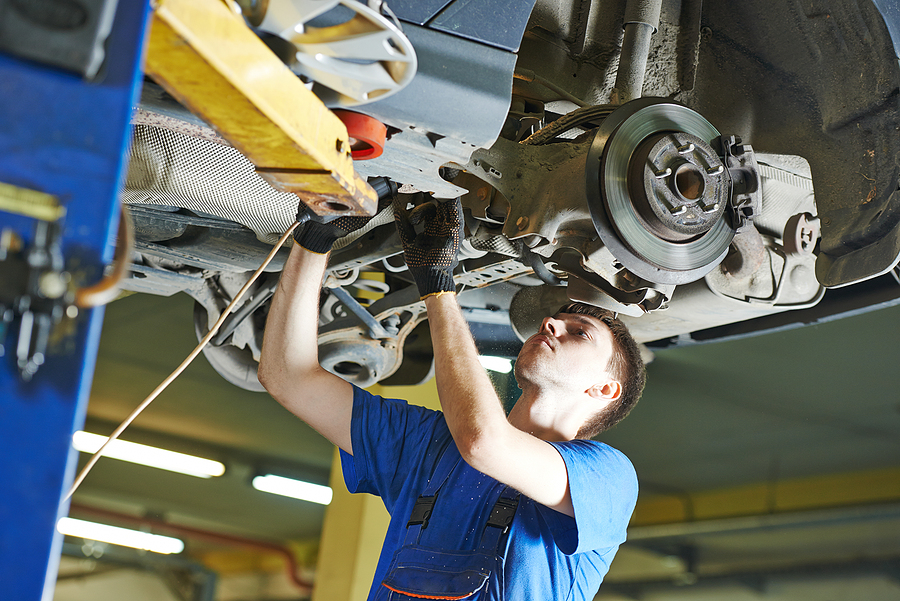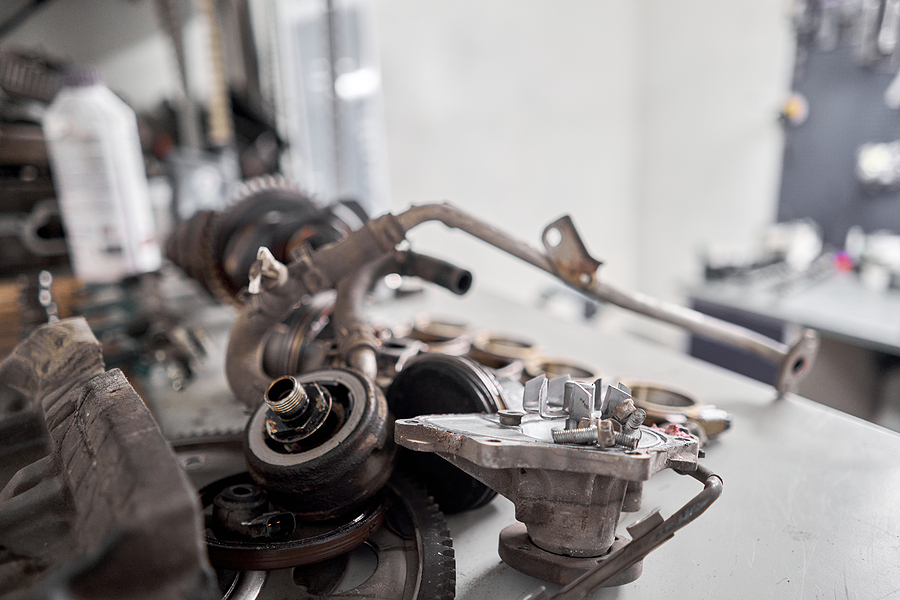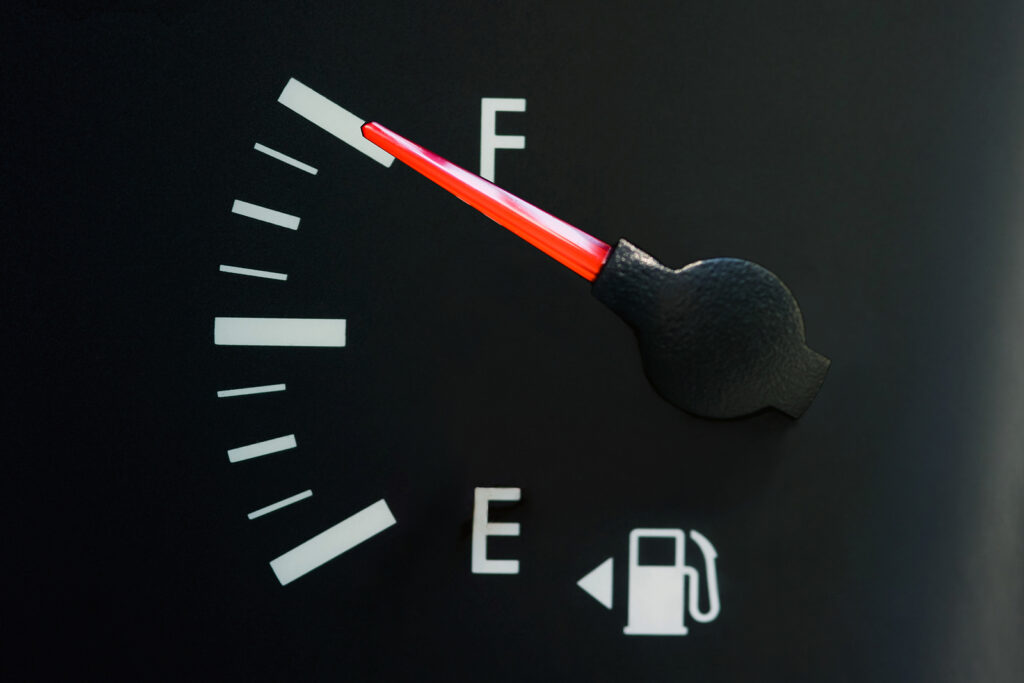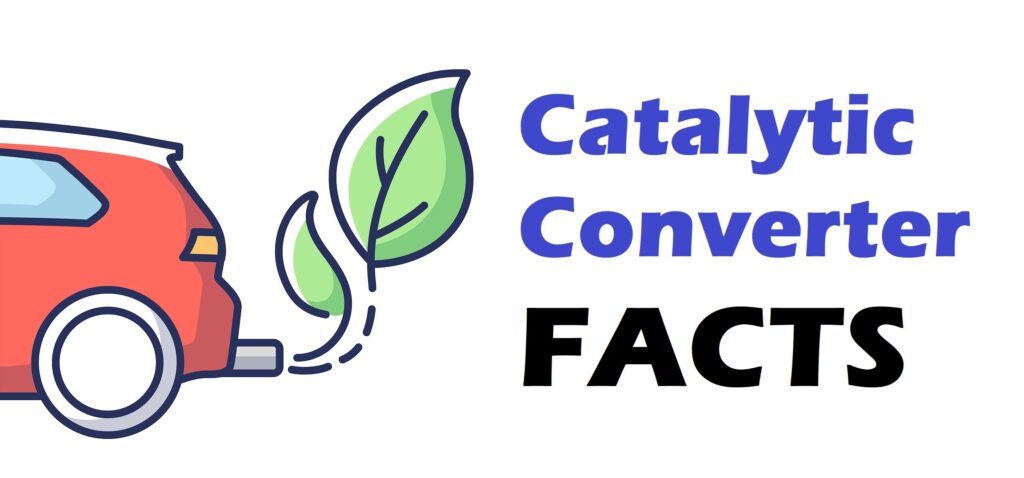An old car taking up space in your garage might seem like nothing more than a problem, but it holds surprising value. Beyond just being a hunk of metal, your vehicle is a collection of components that can be sold for automotive scrap. Understanding the worth of these junk car parts not only puts money in your pocket but also contributes to a healthier planet.
This guide will walk you through the world of automotive recycling. You’ll learn which parts are most valuable, what factors influence their price, and how to properly scrap them. By the end, you’ll have a clear understanding of how to turn that old vehicle into a valuable resource, benefiting both your wallet and the environment.
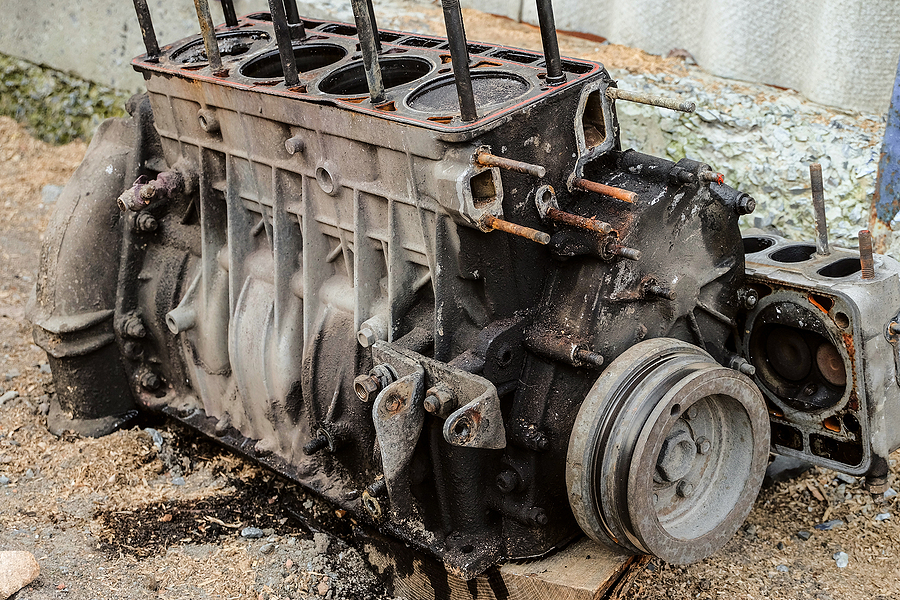
Factors Affecting the Value of Scrap Car Parts
The price you get for your automotive scrap isn’t random. Several key factors determine the final value when you take your items to an auto scrapyard. Being aware of these can help you manage your expectations and maximize your return.
Current Metal Prices
The scrap metal market is a dynamic one, with prices for materials like steel, aluminum, copper, and precious metals (like platinum and palladium found in catalytic converters) fluctuating daily. These changes are driven by global supply and demand. For example, a surge in manufacturing could increase demand for steel, pushing up its price. It’s always a good idea to check current market rates before heading to the auto scrappers.
Condition of the Part
A part’s condition plays a significant role in its value. A fully functional engine or transmission that can be refurbished and resold will fetch a much higher price than one that is only good for its raw metal content. Even for parts sold purely for scrap metal, cleanliness and the absence of non-metallic attachments can affect the price. A clean aluminum rim, for instance, is more valuable than one covered in dirt and still attached to a rubber tire.
Type and Weight of Metal
Different metals command different prices. Heavy parts made of steel, like the car’s frame, contribute significantly to the total weight but are less valuable per pound than lighter materials like aluminum or copper. For example, recycling aluminum car parts saves up to 95% of the energy needed to produce new aluminum, making it a highly sought-after material in automotive recycling (The Aluminum Association). The more high-value metals your car contains, the higher your payout will be.
Demand for Specific Parts
Some junk car parts are in high demand for reuse rather than just for their metal content. Components from popular car models that are often needed for repairs can be quite valuable. An auto scrapyard might pay more for an alternator from a common vehicle model because they can easily sell it to a mechanic or a DIY car enthusiast.
The Most Valuable Scrap Car Parts
While over 80% of a vehicle is recyclable, some parts are worth significantly more than others. Focusing on these components can maximize your earnings from an old or damaged car. Here are some of the most valuable items you can find.
Catalytic Converters
Catalytic converters are consistently one of the most valuable scrap car parts. They contain precious metals like platinum, palladium, and rhodium, which act as catalysts to convert harmful exhaust gases into less toxic substances. The high market value of these metals makes catalytic converters a prime target for automotive recycling.
Engines and Transmissions
The engine and transmission are the heart and soul of a vehicle. If they are in repairable condition, they can be sold for a considerable amount. Even if they are no longer functional, their weight in steel and aluminum makes them valuable as automotive scrap. A complete engine block is one of the heaviest single components, ensuring a decent payout based on weight alone.
Car Batteries
Your car’s battery is another valuable item. The average car battery contains about 18 pounds of lead, a highly recyclable material. Due to the hazardous nature of lead and battery acid, there are specific regulations for their disposal. Most auto scrapyards and auto parts stores have programs to buy back old batteries to ensure they are recycled safely, preventing environmental contamination.
Metal Rims and Wheels
Aluminum alloy rims are more valuable than their steel counterparts. They are lighter and sought after for their appearance, but their real value in the scrap world comes from the price of aluminum. If you have a set of clean, undamaged aluminum rims, they can add a significant amount to your scrap total.
Electronic Components
Modern vehicles are filled with electronic modules and components. Circuit boards from the Engine Control Unit (ECU), GPS systems, and entertainment systems contain small amounts of precious metals like gold and silver. While the quantity in a single part is small, collecting multiple electronic components can add up.
Contact Us for a Free Junk Car Appraisal Today! ✨
How to Scrap Car Parts Properly and Legally
Turning your scrap car parts into cash requires more than just showing up at the nearest auto scrapyard. Following the proper procedures ensures you get the best price while complying with legal and safety standards.
1. Gather Necessary Documentation
Before you can scrap a vehicle or its major components, you need to prove you own it. Make sure you have the vehicle’s title. Selling a car or its parts without a title is illegal in most places and can lead to serious legal trouble. If you’ve lost the title, you can usually request a duplicate car title from your state’s Department of Motor Vehicles (DMV).
2. Prepare the Parts Safely
Proper preparation can increase the value of your automotive scrap. Drain all fluids, such as oil, coolant, and gasoline, and dispose of them according to local environmental regulations. Many local recycling centers or auto shops accept these fluids for free. Separating different materials can also boost your payout. For example, remove tires from rims and separate plastic components from metal parts.
3. Understand Local Regulations
Laws regarding scrapping car parts vary by location. Some states have specific regulations for selling certain parts, like catalytic converters, to prevent theft. These may require special permits or detailed identification. Research your local, state, and federal environmental laws to understand how to handle and dispose of hazardous materials safely. Following these rules protects you, the environment, and the staff at the auto scrappers.
4. Find a Reputable Auto Scrapyard
Not all auto scrappers are created equal. Look for a licensed and reputable auto scrapyard in your area. Check online reviews and ask for recommendations. A trustworthy dealer will offer fair prices based on current market rates and use certified scales to weigh your materials accurately. Don’t hesitate to call a few different yards to compare prices before you commit.
In Summary
Recycling scrap car parts is an excellent way to earn extra money while making an environmentally responsible choice. By understanding which parts are most valuable and how to prepare them, you can maximize your returns and contribute to a more sustainable automotive industry. From the precious metals in your catalytic converter to the lead in your battery, every component has potential.
If you have an old vehicle or a pile of junk car parts, don’t let them go to waste. Take the next step toward cashing in on your automotive scrap.
Ready to find out what your parts are worth? Consult with our local Louisville auto scrappers today to get an accurate valuation and turn your scrap into cash. We provide free estimates and free junk car towing!
Related Post: Restoration Rescue: How Junk Car Parts Can Save You Money

